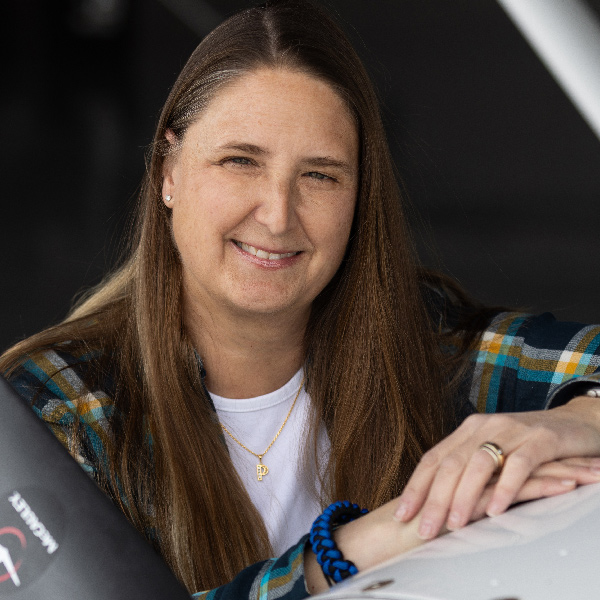Thunderstorm season
Don’t underestimate the risk

The sky turns dark and threatening, lightning shoots dramatically across the sky in crazy, jerky, unpredictable flashes, followed by rolls of thunder echoing over the landscape below. It’s a sheer and awesome demonstration of the raw power of nature. Flying through or even near one, however, can also take your breath away—not in a good way.
The AOPA Air Safety Institute’s latest Accident Case Study, “Fair Weather Flier,” depicts the tragic story of a non-instrument-rated pilot who attempts to traverse a severe thunderstorm, and loses.
In flight training, we learn that it is prudent to fly a wide arc around convective weather, since it’s almost always impossible for small aircraft to fly over it, and treacherous to attempt to fly under it.
The FAA’s Pilot’s Handbook of Aeronautical Knowledge (PHAK) tells us that, “all thunderstorms have conditions that are a hazard to aviation.” The PHAK advises that keeping a distance of 20 nautical miles is a good rule of thumb, but convective activity can stretch far from the storm cell that you see. Outflow boundaries, virga, hail, and invisible turbulence can extend for miles beyond the actual storm’s visual boundaries.
For a thunderstorm to form, the air must have three important elements: the presence of moisture, an unstable lapse rate, and an initial lifting action to start the storm-building process. And let’s remind ourselves of the three stages of a thunderstorm: the cumulus stage, where the conditions are ripe for an explosion of convective energy; the mature stage, when rain begins to fall; and the dissipating stage, when things slowly return to a more stable state.
The list of thunderstorm hazards to general aviation aircraft is long: Tornados, icing, turbulence, wind shear, squalls, hail, and decreased visibility as a result of torrential rain are just a few. A direct lightning strike can incapacitate an aircraft’s systems, burn holes in the airframe, and temporarily blind the pilot. Storms can also spawn the worst and most violent form of localized downdraft, a microburst, which can do a great deal of damage, including pushing a light aircraft maneuvering at low altitudes directly into the ground.
These are some of the conditions that a non-instrument-rated Beechcraft Bonanza pilot flying from Gulf Shores, Alabama, to his home in Muscle Shoals, about 270 miles away, encountered in July several years ago.
He had been monitoring the weather ahead of his planned flight and knew that conditions along the proposed route were poor and deteriorating further. The weather briefing he received was not encouraging, with VFR flight not recommended. He briefly considered delaying his flight, but he had a business meeting the next day and needed to get home.
After he took off, trouble began almost immediately. Air traffic controllers attempted to vector the pilot around the worst storm cells in his path, but he appears to have ignored their repeated warnings of heavy to extreme precipitation ahead, as well as their recommendations of an alternate route around it. Instead, he flew straight into it.
As he struggled with his aircraft in the driving rain and shifting winds, he experienced spatial disorientation and lost control. The flight ended in a classic graveyard spiral into the ground, fatally injuring both himself and his wife on board. Get-home-itis clouded his judgment and ended his life.
Few weather phenomena are as dangerous—and as deceptively attractive—as thunderstorms. The hazards they mask for general aviation pilots are sudden, violent, and life-threatening. Sometimes, pilots underestimate the risk, misjudge the storm, or rely on weather data that could be outdated and therefore irrelevant.
Thunderstorms are responsible for numerous weather-related general aviation accidents each year. So, when you go flying this summer, ignore warnings of convective weather conditions at your peril. And learn to appreciate the raw, visceral majesty of thunderstorms from the ground, and far enough away. 



